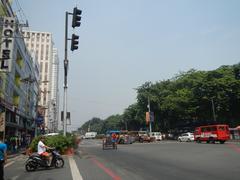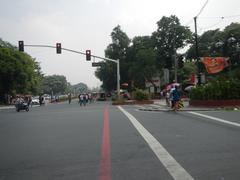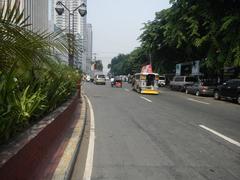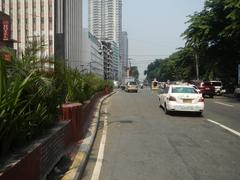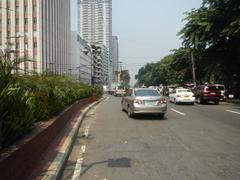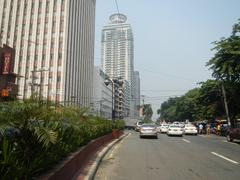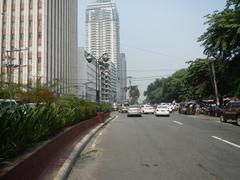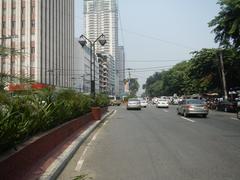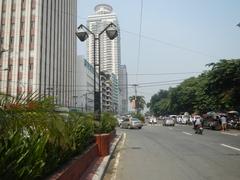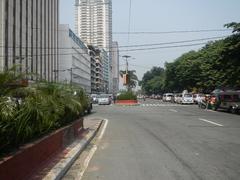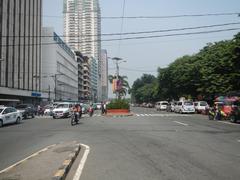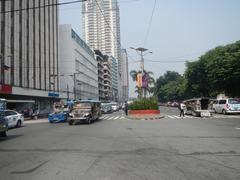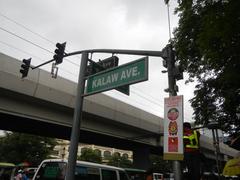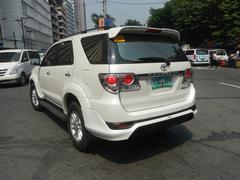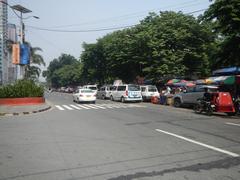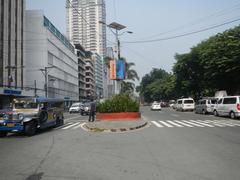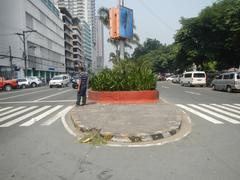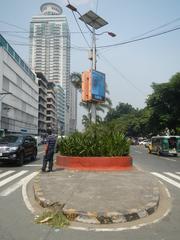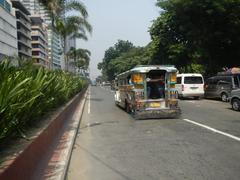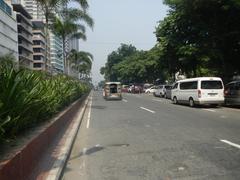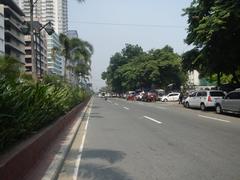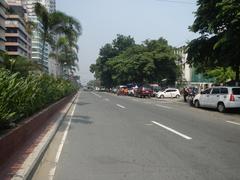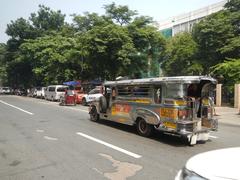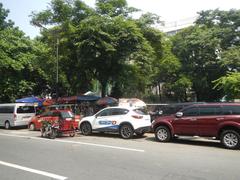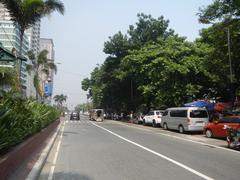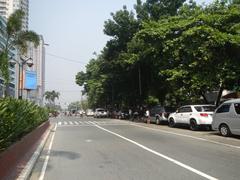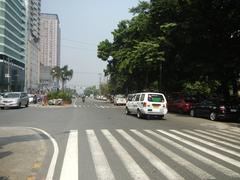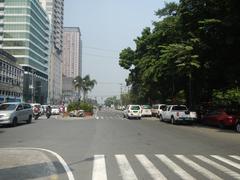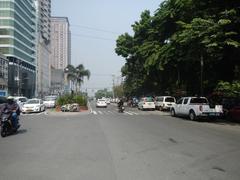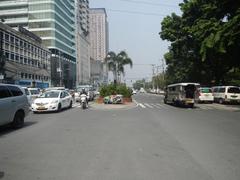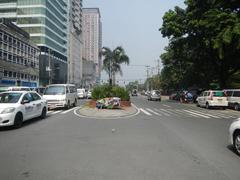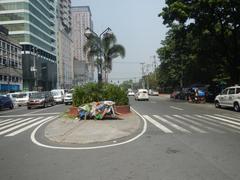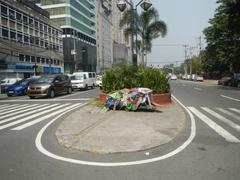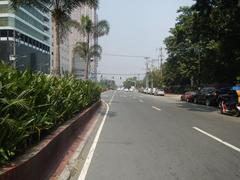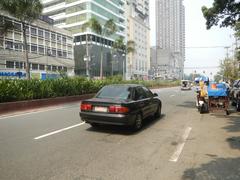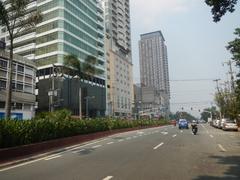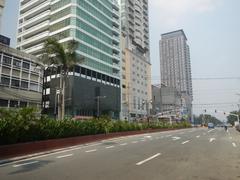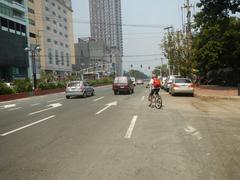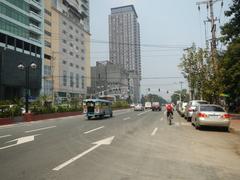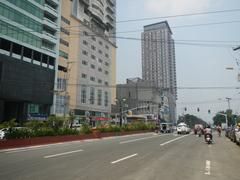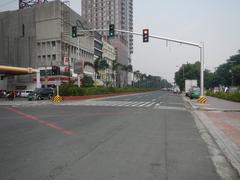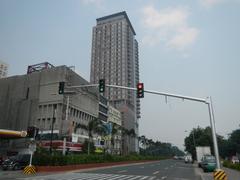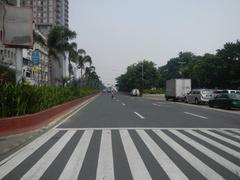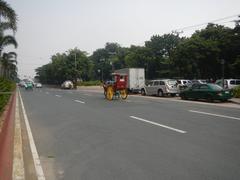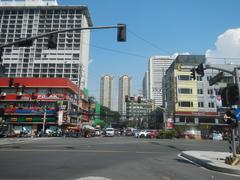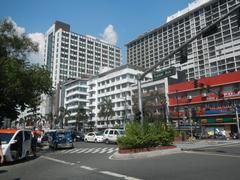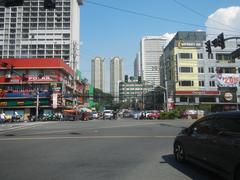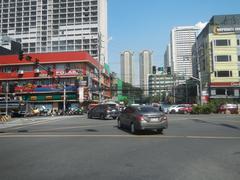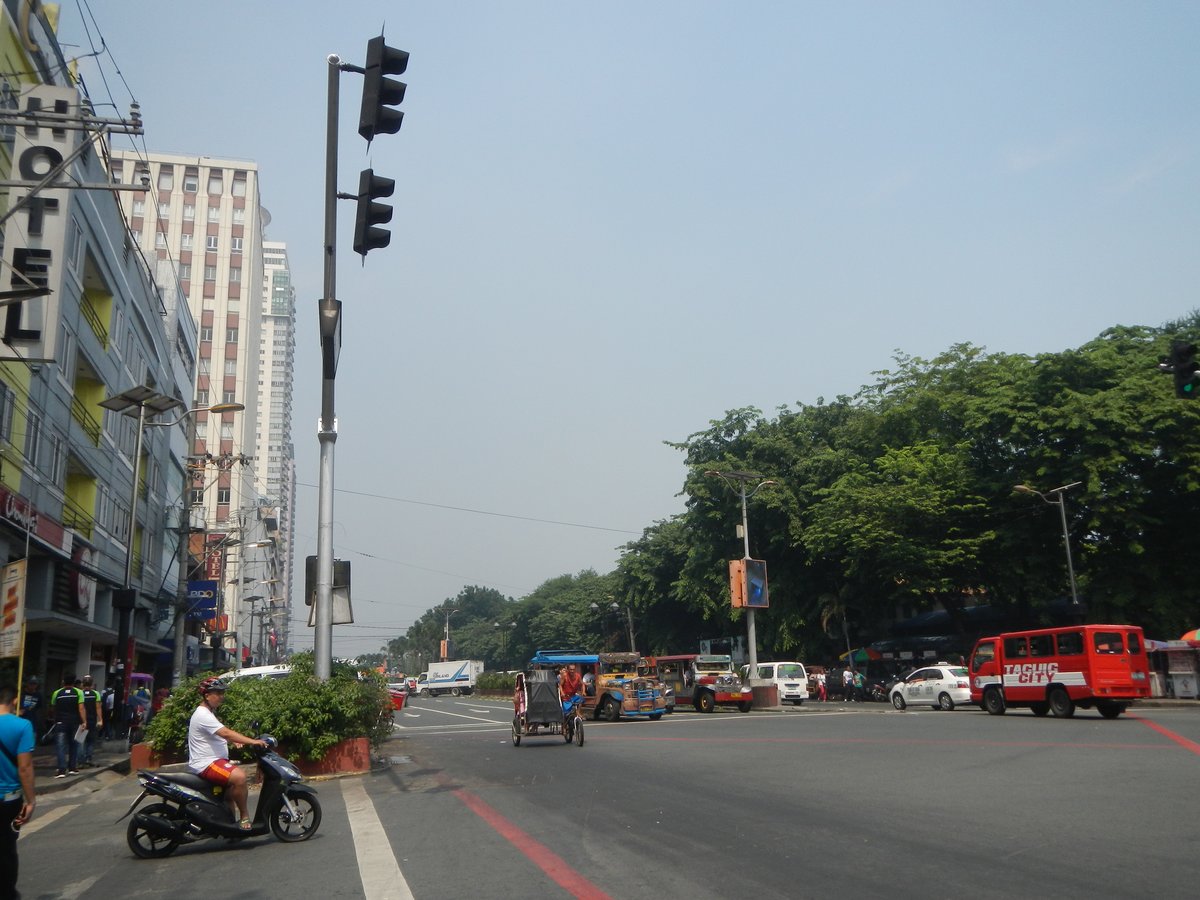
Kalaw Avenue Visiting Hours, Tickets, and Historical Sites Guide in Metro Manila
Date: 14/06/2025
Introduction to Kalaw Avenue
Kalaw Avenue, situated in the heart of Manila’s Ermita district, is a vital corridor that connects the city’s colonial past to its bustling present. Originally known as Calle San Luis during the Spanish era, the avenue has witnessed Manila’s transformation through American urban planning and postwar reconstruction. Today, it is a gateway to national landmarks such as Rizal Park, the National Museum Complex, and the National Library of the Philippines. With its historical depth, cultural vibrancy, and strategic location, Kalaw Avenue is essential for anyone seeking to experience Manila’s heritage and urban vitality (Wikipedia, National Museum, Hike to Mountains).
Table of Contents
- Historical Evolution of Kalaw Avenue
- Urban Significance in Contemporary Manila
- Visitor Information
- Major Attractions Along Kalaw Avenue
- Events, Urban Challenges, and Local Culture
- Frequently Asked Questions (FAQ)
- Final Tips for Visiting Kalaw Avenue
- References
Historical Evolution of Kalaw Avenue
Spanish Colonial Origins
Kalaw Avenue began as Calle San Luis, a critical link near Manila Bay’s old shoreline. It connected key areas such as Luneta (now Rizal Park) and Calle de Nozaleda (now General Luna Street), making it central to the city’s civic life during Spanish rule (Wikipedia).
American Period and Urban Transformation
With American colonization in 1898, the avenue was redesigned to fit American urban ideals, serving as the southern boundary of the newly developed Luneta (Rizal Park). Its widened lanes and alignment underscored its importance as a venue for public events and urban traffic (pmac2021.com).
Renaming and National Identity
Post-independence, the avenue was renamed in honor of Teodoro M. Kalaw, a prominent legislator and historian. The National Library of the Philippines, which he once headed, sits along this avenue, symbolizing its intellectual and cultural significance.
Postwar Reconstruction and Modernization
Devastated during World War II, Kalaw Avenue was central to Manila’s postwar rebuilding efforts. By the 1950s, key institutions and landmarks were restored or modernized, balancing historical preservation with urban growth (Wikipedia).
Urban Significance in Contemporary Metro Manila
Strategic Location and Connectivity
Kalaw Avenue runs east-west from San Marcelino Street to Roxas Boulevard, skirting the southern edge of Rizal Park. The avenue is easily accessible via major transport routes, including LRT-1 (United Nations Avenue Station), jeepneys, buses, and taxis, making it a pedestrian-friendly entry point to Manila’s historic core (Trek Zone).
Institutional and Civic Presence
Landmarks such as the National Museum Complex, National Library, Central United Methodist Church, and Luneta Hotel create a rich institutional landscape. These establishments host national events, cultural programs, and civic activities, reinforcing the avenue’s pivotal role in Manila’s public life.
Urban Fabric and Public Life
Wide sidewalks, proximity to Rizal Park, and a mix of historical and modern structures make Kalaw Avenue a lively space for pedestrians, gatherings, and cultural celebrations. Its integration with Manila’s urban development reflects both the city’s challenges and its ongoing commitment to heritage conservation (pmac2021.com).
Visitor Information
Visiting Hours and Tickets
- Rizal Park: Open daily, 5:00 AM – 9:00 PM, free admission (Hike to Mountains).
- National Museum Complex: Tuesday to Sunday, 10:00 AM – 5:00 PM, free admission to main museums; planetarium shows require tickets (PHP 30–50) (National Museum).
- National Library: Monday to Saturday, 8:00 AM – 5:00 PM, free with registration (NLP).
- Museo Pambata: Tuesday to Sunday, 9:00 AM – 5:00 PM, PHP 75 entrance.
- Manila Ocean Park: Daily, 10:00 AM – 7:00 PM, ticket prices vary.
Accessibility and Transportation
LRT-1 United Nations Avenue Station is the nearest rail stop. Buses, jeepneys, and ride-sharing services (e.g., Grab) are widely available. The area is walkable, with shaded sidewalks and close proximity between major sites (iamaileen.com).
Guided Tours and Special Events
Guided walking tours are offered by local operators, often including Kalaw Avenue, Intramuros, and Rizal Park. Major events such as Independence Day and Rizal Day feature parades and performances along the avenue.
Major Attractions Along Kalaw Avenue
Rizal Park (Luneta)
Spanning over 60 hectares, Rizal Park commemorates national hero Dr. José Rizal and features the iconic Rizal Monument, themed gardens, a musical fountain, and cultural installations. It is a hub for civic events, outdoor performances, and everyday leisure (Hike to Mountains, Rizal Park Official Site).
National Museum Complex
This trio of museums—Fine Arts, Anthropology, Natural History—highlights Filipino art, culture, and biodiversity. The neoclassical National Museum of Fine Arts houses the famous “Spoliarium” by Juan Luna. All museums are accessible and have free entry except for planetarium shows (National Museum).
National Library of the Philippines
A research hub and repository of rare books, manuscripts, and documents, including original works by José Rizal. Admission is free; registration and compliance with regulations are required (NLP).
Manila Orchidarium, Japanese Garden, and Chinese Garden
Within Rizal Park, these themed gardens offer tranquil environments for relaxation and photography. Minimal entrance fees may apply.
National Planetarium
Located at the park’s western edge, the National Planetarium features astronomy exhibits and dome shows. Entry for the main museum is usually free; planetarium shows require tickets.
Paco Park
A beautifully landscaped circular park and former Spanish cemetery, Paco Park is a short walk from Kalaw Avenue and offers a peaceful escape from the city.
Events, Urban Challenges, and Local Culture
Civic Events and National Celebrations
Kalaw Avenue is a focal point for parades, rallies, and commemorations—most notably during Independence Day (June 12) and Rizal Day (December 30). It comes alive with ceremonies, concerts, and fireworks (Guide to the Philippines).
Urban Challenges
The avenue faces ongoing challenges in balancing heritage preservation with modernization. Issues such as high-rise developments impacting sightlines to monuments highlight the need for thoughtful urban planning (Hike to Mountains).
Street Life, Food, and Commerce
Kalaw Avenue is surrounded by eateries, street food stalls, bookstores, souvenir shops, and travel agencies. Night markets and nearby districts like Binondo and Quiapo offer authentic local flavors and affordable shopping experiences (Onlooq).
Frequently Asked Questions (FAQ)
Q: What are the visiting hours for Kalaw Avenue attractions?
A: Most attractions are open between 8:00/9:00 AM and 5:00/9:00 PM, with some variation. Always check specific sites for updated hours.
Q: Are there entrance fees?
A: Many landmarks, including Rizal Park and the main museums, are free. Some exhibits and gardens have nominal fees (PHP 30–150).
Q: How do I get to Kalaw Avenue?
A: The area is accessible via LRT-1 United Nations Station, jeepneys, buses, or ride-hailing apps. Walking and cycling are also possible.
Q: Are guided tours available?
A: Yes, a variety of walking tours—historical, cultural, and food-focused—are available through local operators and agencies.
Q: Is the area safe?
A: Kalaw Avenue is safe during the day. Take usual precautions against petty theft, especially in crowds.
Final Tips for Visiting Kalaw Avenue
- Best time to visit: Early morning or late afternoon for cooler weather and good photography conditions.
- Stay connected: Use pocket Wi-Fi or local SIMs for reliable internet (willflyforfood.net).
- Dress modestly: Especially in museums and religious sites.
- Money: Carry small bills for transport and street food; credit cards are accepted in larger establishments.
- Respect local customs: Ask before taking photos of people, tip for good service, and dispose of trash properly.
For a seamless visit, consult official websites for updates, and consider using travel apps like Audiala for personalized itineraries and real-time notifications.
References and Further Reading
- Kalaw Avenue, Wikipedia
- National Museum Official Site
- Rizal Park Official Site
- PMAC 2021 Urban Landmark Paper
- Hike to Mountains: Rizal Park
- National Library of the Philippines
- Things To Do in Manila - iamaileen.com
- Must-Visit Places in Manila - tripjive.com
- Manila Tourist Spots - Guide to the Philippines
- What To Do in Manila - Singsaver
- Manila Cultural and Historical Sites - Onlooq
- Manila Safety Guide - The Broke Backpacker
- First Timer’s Travel Guide - Will Fly for Food
- Reddit: Manila Transportation Guide
Plan your visit, explore the city’s core, and immerse yourself in Manila’s living history. For more travel tips and city updates, download the Audiala app and follow our official channels.
